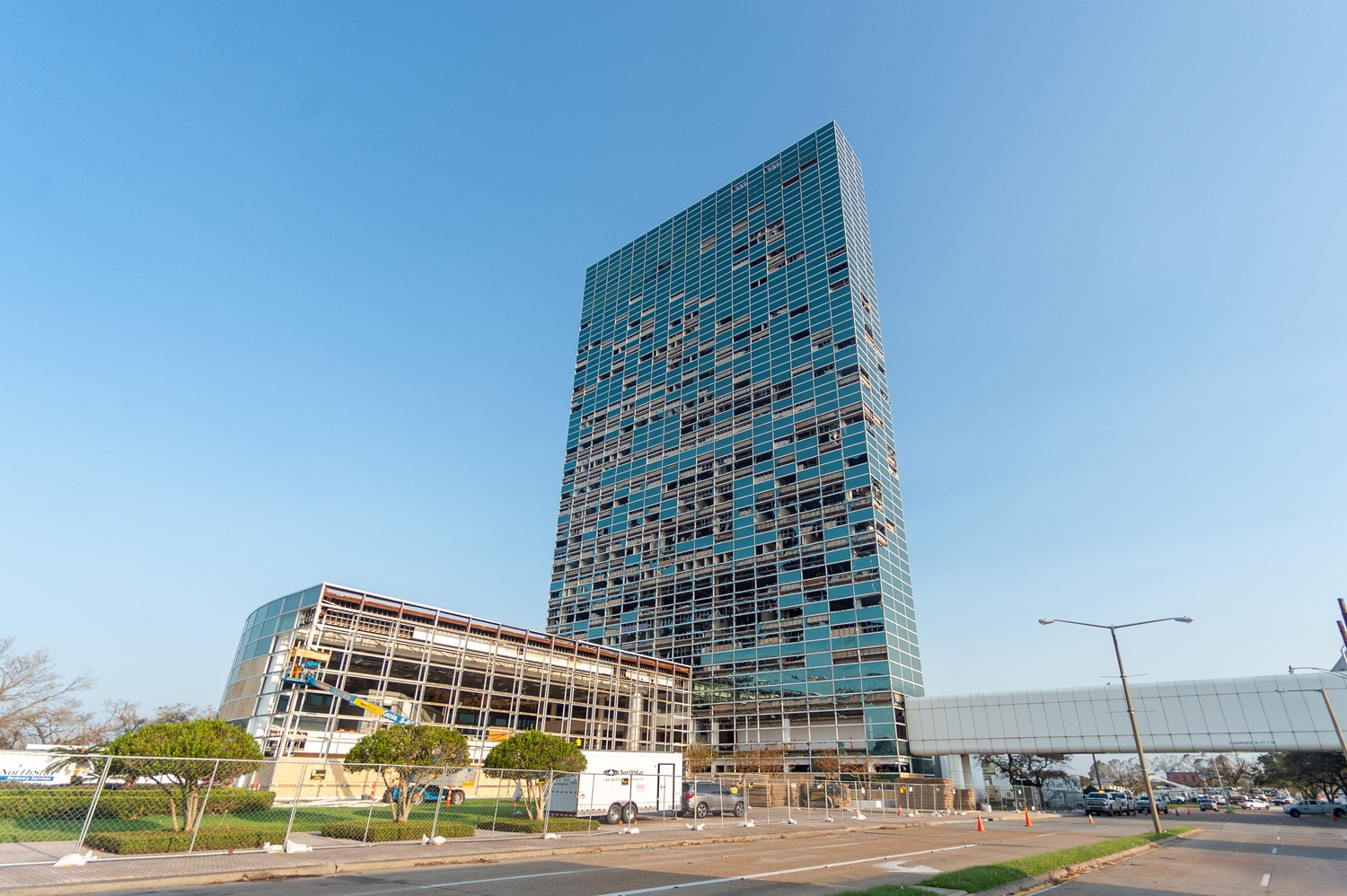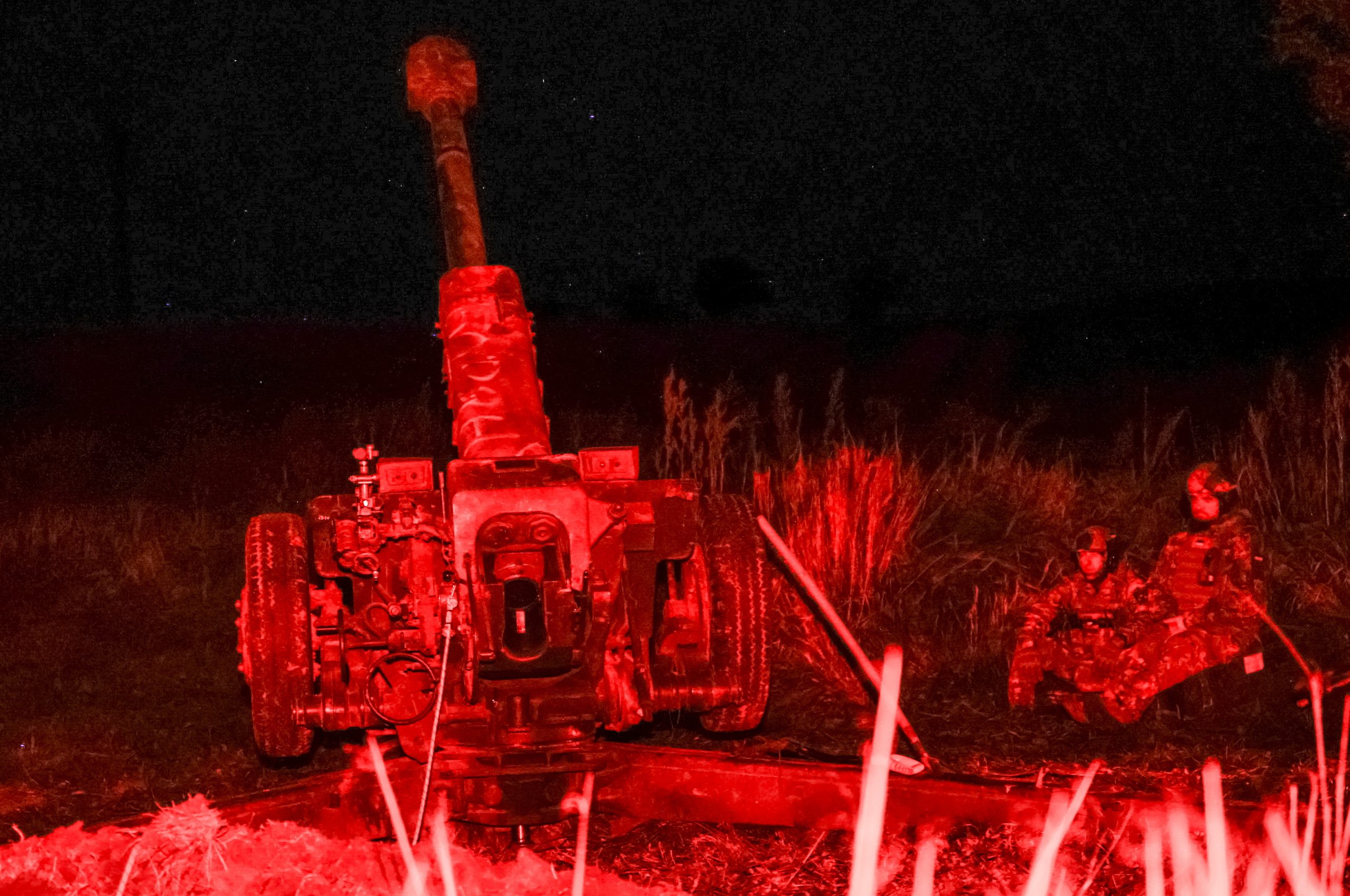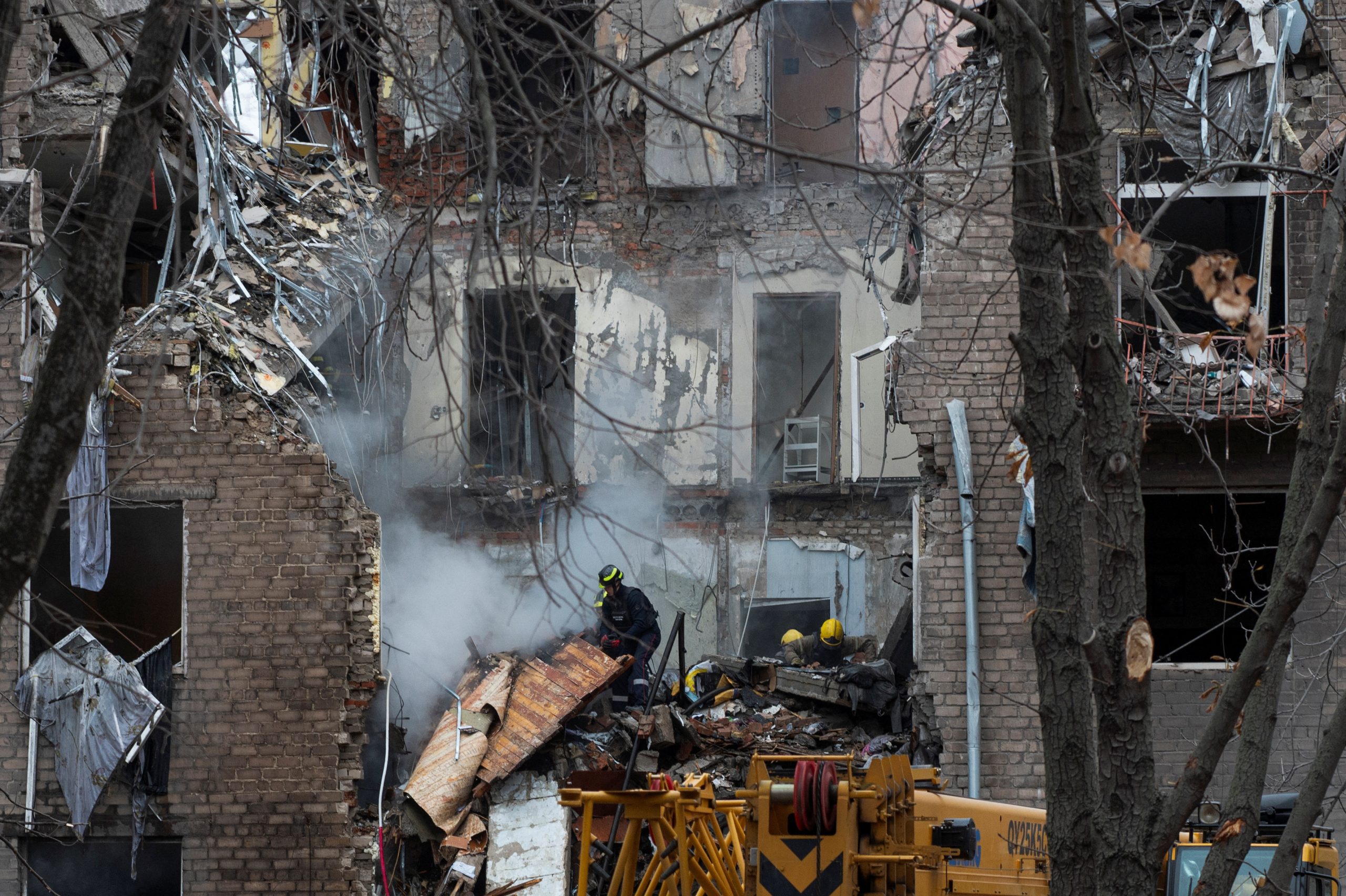A recent study by WalletHub has revealed that Louisiana has the dubious distinction of being the most dangerous state in the U.S., driven by factors like high rates of violent crime, low economic security, and weak emergency preparedness. WalletHub’s comprehensive ranking, based on safety across all 50 states, paints a stark picture for residents of Louisiana, which falls far behind safer states like Vermont.
WalletHub’s study analyzed each state on a scale of personal safety, financial stability, road safety, workplace safety, and emergency preparedness, breaking these categories into 52 detailed metrics. Personal safety, which factored in metrics like theft, assault, mass shootings, and homicide, held the most weight in the ranking system, accounting for up to 40 of the possible 100 points.
Louisiana’s low ranking was especially impacted by its alarming homicide rate of 19.8 murders per 100,000 people—one of the highest nationwide. Dr. Andrew Burnstine, a professor at Lynn University, emphasized the far-reaching impact of such statistics, saying, “When states are economically distressed, crime rates often spike, creating a feedback loop that threatens the quality of life for all residents.” The state also ranks near the bottom in terms of financial safety and emergency preparedness, underscoring a lack of resources available in times of disaster, a troubling reality in a state frequently battered by hurricanes and natural calamities.
WalletHub data shows a concerning trend in the Southern U.S., with Mississippi, Texas, Arkansas, and Florida joining Louisiana as the five most dangerous states to live in. Poverty, another factor directly linked to crime rates, looms large in Louisiana, where 28% of children live in poverty according to recent census data. This high rate of child poverty compounds issues like food insecurity, unsafe neighborhoods, and inadequate housing, which experts argue perpetuate a cycle of crime and lack of opportunity.
In contrast, Vermont emerged as the safest state, with low crime rates and strong community support networks that enhance residential security. Nearly 77% of Vermont parents feel their children are safe in their neighborhoods, while the state boasts one of the lowest rates of pedestrian fatalities and road accidents. Vermont’s high ranking also reflects its strong economy, with one of the lowest unemployment rates nationwide, and high job growth. WalletHub analyst Chip Lupo highlights the state’s proactive approach to safety, noting that “states with strong community engagement and robust emergency preparedness often see far better safety outcomes.”
But how does your state measure up? WalletHub’s safety ranking may serve as an eye-opener for many residents nationwide, particularly those living in states that fell lower on the list. Experts agree that such data could guide informed decision-making for families considering relocation. Dr. Burnstine encourages looking beyond crime statistics alone, pointing out that factors like local economic opportunities and healthcare quality also significantly impact overall quality of life. “Safety rankings are essential for assessing livability, but they’re part of a larger puzzle that includes affordability, education, and healthcare access,” he adds.
The rankings provide a stark reminder: safety remains a critical, complex concern for millions of Americans. Will states like Louisiana invest in community safety and economic improvement to turn the tide? For residents of these areas, the answer may define their future quality of life.
















